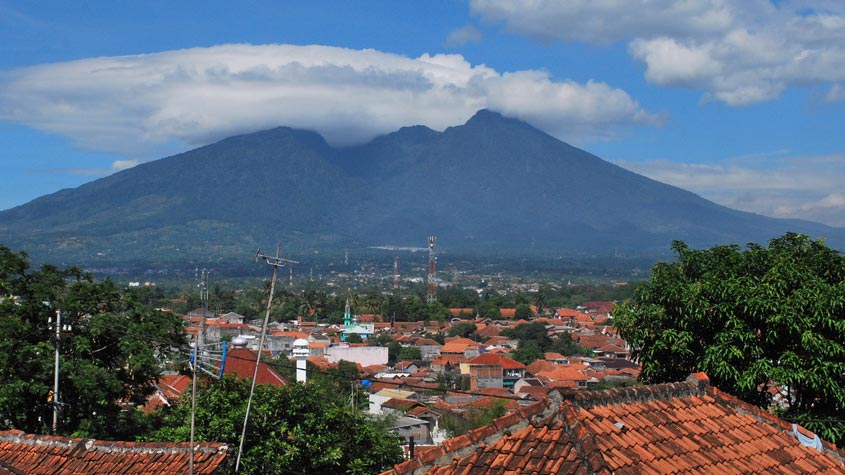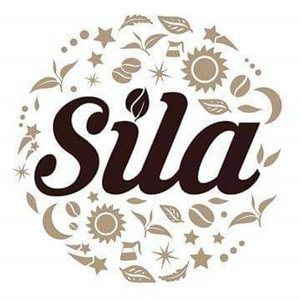Putting Indonesian tea on the map: From Bogor to Vegas

(Photo: Fakhri Hermansyah)
The invention of tea was a little like the discovery gravity. Or, at least, they seem to be linked by the same apocryphal story. A few hundred years ago when Isaac Newton was struck on the head by an apple, the gravitational penny is supposed to have dropped. Newton realized that the massive earth was pulling the little apple towards it. In China, 4,759 years ago, Chinese emperor Shennong was brewing up some boiling water. Accounts vary, but some leaves and twigs from his fire rising into the air, or dropping from a nearby tree, found their way into his pot and the rest, as they say, is history. He had a profound insight that would change the world. He invented tea.
Whether you think gravity or tea is more important depends how you view the world. Gravity is naturally occurring. Tea requires a maker. Perhaps that’s why those of us who like tea make such a fuss about it. It’s about civilization, stories and it tastes good.
Today the value of the global tea market is estimated at a little over USD 200 billion and is expected to rise to USD 318 billion dollars by 2025. The world’s major producers of tea are China, India, Kenya, Sri Lanka, Turkey and Indonesia. The common denominator linking these places is the tea plant: subtropical shrub camellia sinensis. The true extent of the medicinal qualities of this plant, first detected by Emperor Shennong almost 5000 years, ago are only just being revealed.

In search of Sila tea
In tea terms, Indonesia has its own, unique terroir. Around 100 km south of Jakarta, you’ll find the ancient city of Bogor. Located near the northern slopes of an extinct volcano, and known locally as Kota Hujan (rain city), this fertile, tropical location is perfect for growing tea. It is also the place where you will find Tea Headquarter – home of Sila – a uniquely Indonesian tea brand. From here the brand’s founder Iriana Ekasari and her business partner, at their tea house, Redha Ardias, blend, brew, present and educate the public about tea. Using their own brands as exemplifiers, they explore the qualities of Indonesian tea.

Value added
The Sila brand itself is being developed by Iriana Ekasari. In a presentation to her former university, Institut Pertanian Bogor (IPB), she points out that for agricultural production to make a bigger economic impact it must succeed “downstream”in the market place. Raw materials must be branded, IP protected and developed so that product, services and engagement with consumers are all combined into a valuable product. For Ms. Ekasari, the Sila tea brand is about adding value, developing products and enging the public with new products. “Our vision is to make Sila Tea the most sought-after tea in Indonesia and to be an amazing tea because of its quality. The aroma and high antioxidant content are the main attraction of this tea,” she says.
Sila Tea can accompany tea lovers in four moments, namely, Happy Peaceful Moment, Calm and Relax Moment, Pleasure Adventure Moment and Mountain Warmth Moment.
Global local
The Sila brand and tea shop are a great example of a small, sustainable business, transforming a locally made product from a common commodity into an asset of value. It is more than that. If Ms. Ekasari is right, she and her Sila brand have the capacity to capture the global public’s imagination. Ms. Ekasari knows Sila’s potential is not limited to the slopes of Gunung Salak. Tea appeals to a wide variety of consumers. “Traditional” drinkers from Europe and Asia consume it by the gallon. But new markets exploring its health and nutritional powers, its capacity to move into non-alcoholic soft drinks markets and, at a high end, its exclusive potential are developing. And as we have seen, the value of the global market is predicted to rise by 50 percent in the next 5 years. Ms. Ekasari’s insight into the importance of adding value to products where they are grown taps into the transformative process brand building can deliver.
World Tea Expo 2021

In 2021 Ms. Ekasari found herself showcasing the best of Indonesia’s tea production at the World Tea Expo in Las Vagas, Navada in the United States. This was her first international exhibition and interest shown in Sila tea suggests that her hunch is right. Sila tea, Indonesia tea at large, has the capacity to develop, to explore its heritage and terroir, to create spaces for enjoying tea and socializing. For Ms. Ekasari the most important point to take home from Nevada to Sila’s Tea Headquarter in Bogor was, as ever, an observation. The next piece of the brand building jigsaw (after creating the brand, taking it to market, adding services, a location, developing an identity and a community) is how to prepare for and win potential buyers, putting Tea Headquarter, Bogon and Indonesian Tea in front of consumers around the world. Given her track record, that will be the easy part.